Urban Green Tip: How To Compost in the City
City and suburban composting is definitely possible. All you need is a small yard area or even a balcony space. Above you see two rain barrels and a small composter sitting in my side yard. Making new soil is easy to do in this small space. To help beautify the area a bit, I surround my composter zone with some ground cover that can get trampled without worry and viola; a perfect composting space.
Composting is important for everyone. Shockingly, our food scraps and yard clippings make up a quarter of the United States’ solid landfill waste. When food clippings and yard waste – organic matter – ends up in landfills and decomposes without air it produces methane, a greenhouse gas twenty times stronger than carbon dioxide. If you compost, you are cleanly converting garden and kitchen waste into microbe rich soil matter organically. It is free to make, so saves you money.
How to Make Compost
When you add material to the composter, the goal is to keep a proper ratio of carbon-rich materials, or “browns,” and nitrogen-rich materials, or “greens,” and moisture. Below is a list of browns and greens you could place in your compost pile.
Examples of browns:
- Newspaper, black-and-white soy print preferred, shredded.
- Shredded cardboard or cotton and paper-based towels and tissues.
- Floor sweepings.
- Brown paper bags from the grocery store.
- Straw.
- Aged grass clippings.
- Dead leaves. Do not use dead leaves from diseased plants.
Examples of greens:
- Coffee grounds
- New grass clippings.
- Plant prunings (no prunings from diseased plants).
- Spent flowers and pulled weeds.
- Tea bags with metal staple removed.
- Kitchen scraps. Ground items that will root, such as potato skins and onions, completely. Do not add meat or bones or it will smell and attract vermin.
- Barnyard animal manures such as cow, horse, chicken, goat, sheep, and rabbit can be used. Do not use dog, cat, or human manure/feces as it could contain pathogens or diseases that might be harmful.
If you turn the pile occasionally the compost will develop more quickly. Generally, it takes between three and four weeks to create useable compost. A good balance of carbon and nitrogen and finely chopped product encourages quicker composting.
The temperature of the managed pile is very important—it indicates the activity of the decomposition process and the pile should be warm to the touch. If the compost is not warm, then the microbial activity has slowed down and you need to add more green materials. Of course, the process slows down during cold winter and this heat generation can be encouraged if you place your compost pile in full sun.
Organic waste needs water to decompose, so keeping the pile moist is important. Gray water, in other words, old bath water, dish water, or clothes washer water from your home can be drained into a compost pile regularly. The rule of thumb is to keep the pile as moist as a wrung-out sponge.
Get out there and plan your composting for this season – the soil you get from the process is super rich and you are saving the landfills by taking care of your food and garden waste yourself.
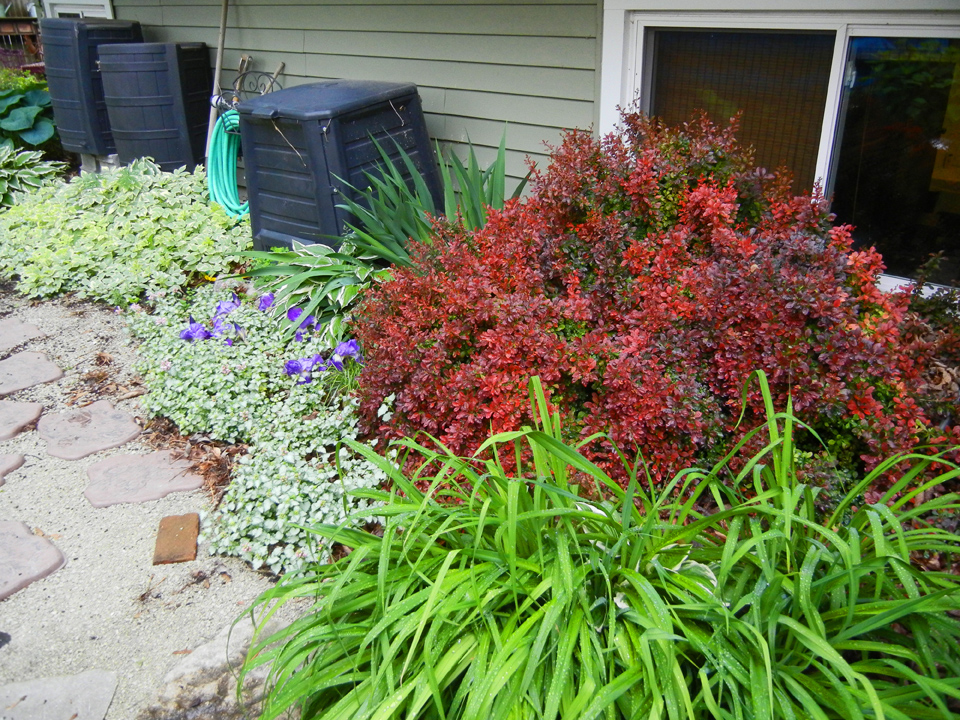
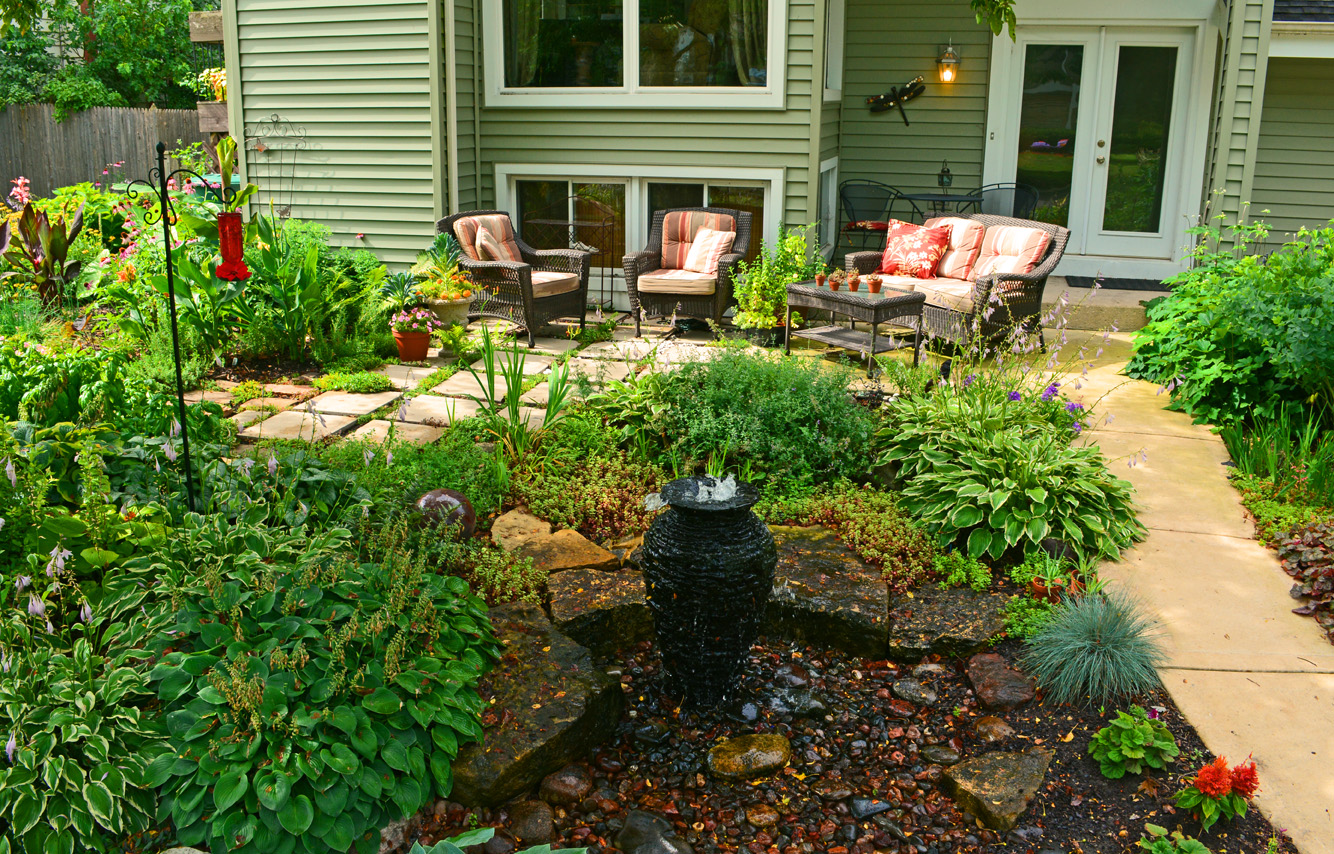
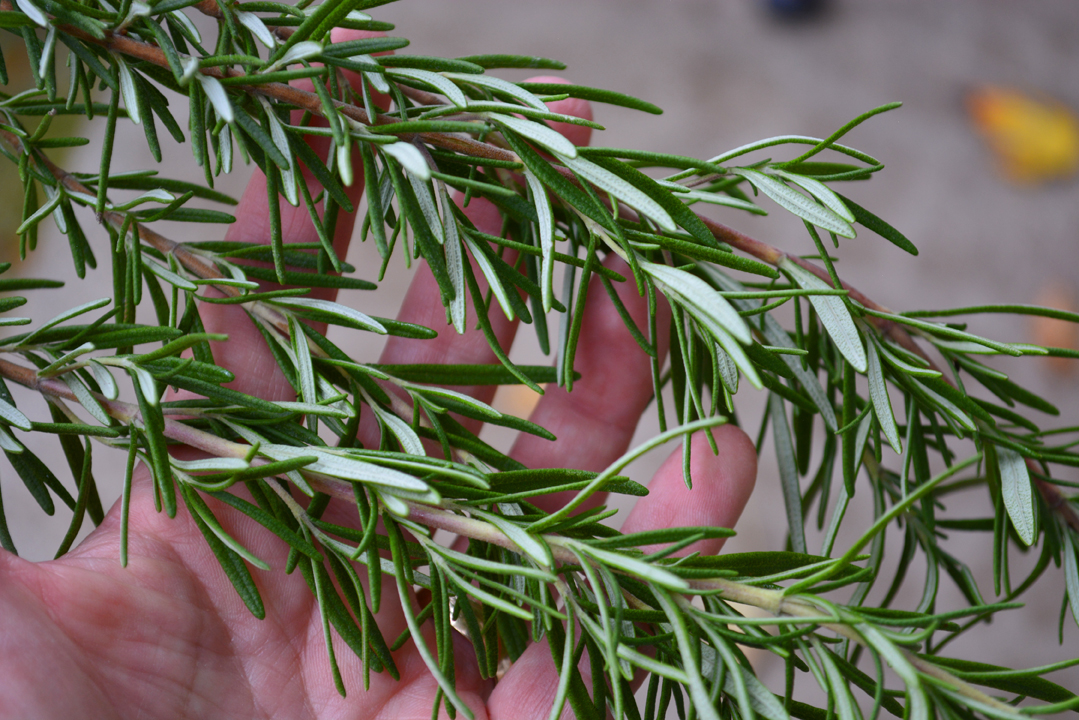

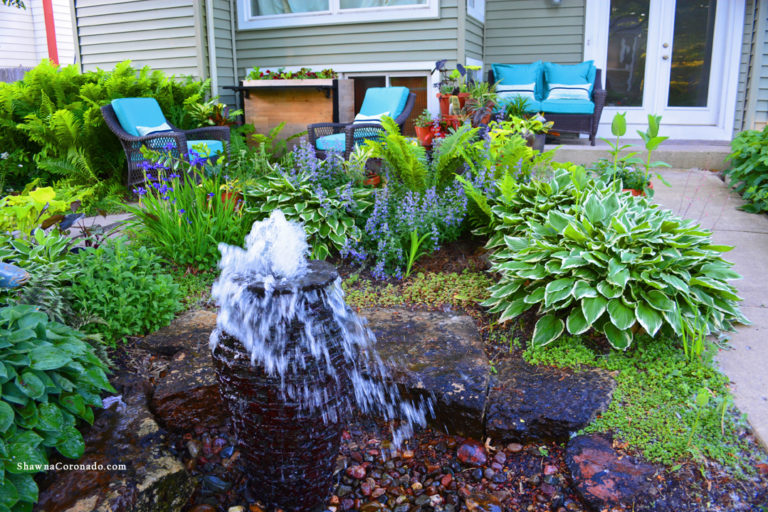
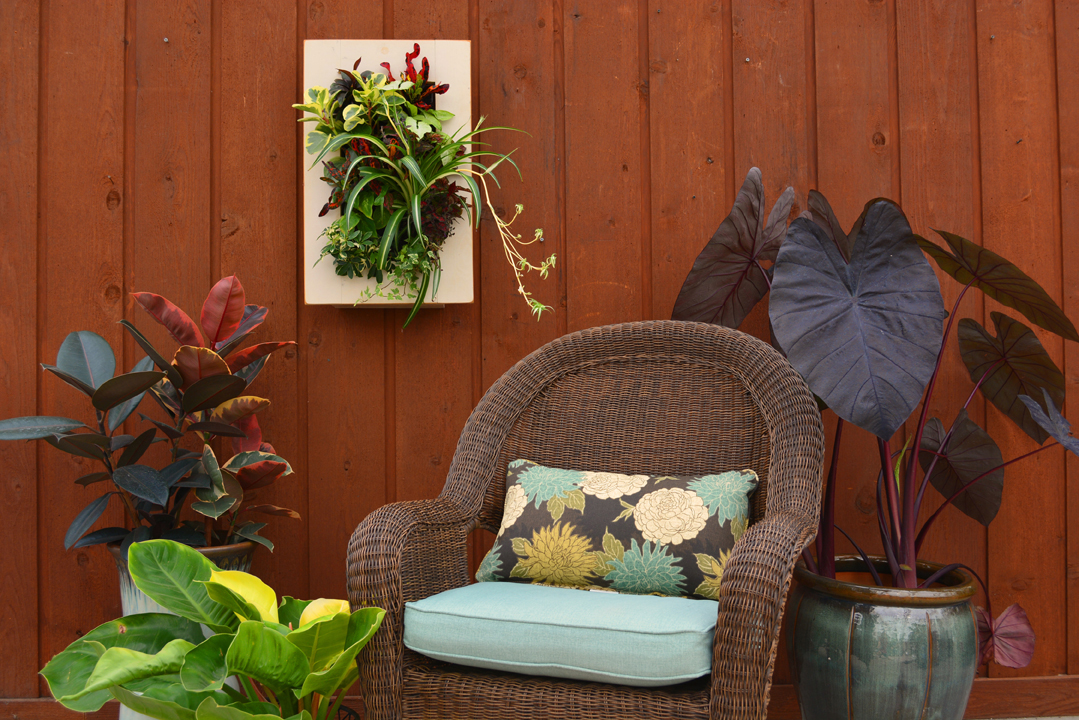
We used to live in a house where the landlord would not give us permission to start a compost. Actually, we started one not thinking anything of it (I have always had one, even when I lived in a trailer park) and he made us get rid of it. So, our solution was indoor worm composting. My daughter was the one who did the most care of it. She was only 9 at the time and it was a great activity for kids.
vermicomposting is a great idea and one I totally support! Great idea!
Shawna
these are great composting tips
Thanks Louise. 🙂
That is actually supposed to be the cleanest method as odd as it sounds. Landlords are such a pain sometimes aren’t they?
Wow!this is really amazing…I mean you neither have to worry about dumping your daily wastes nor do you need to buy commercial manure for your garden. How frugal!
Storage House